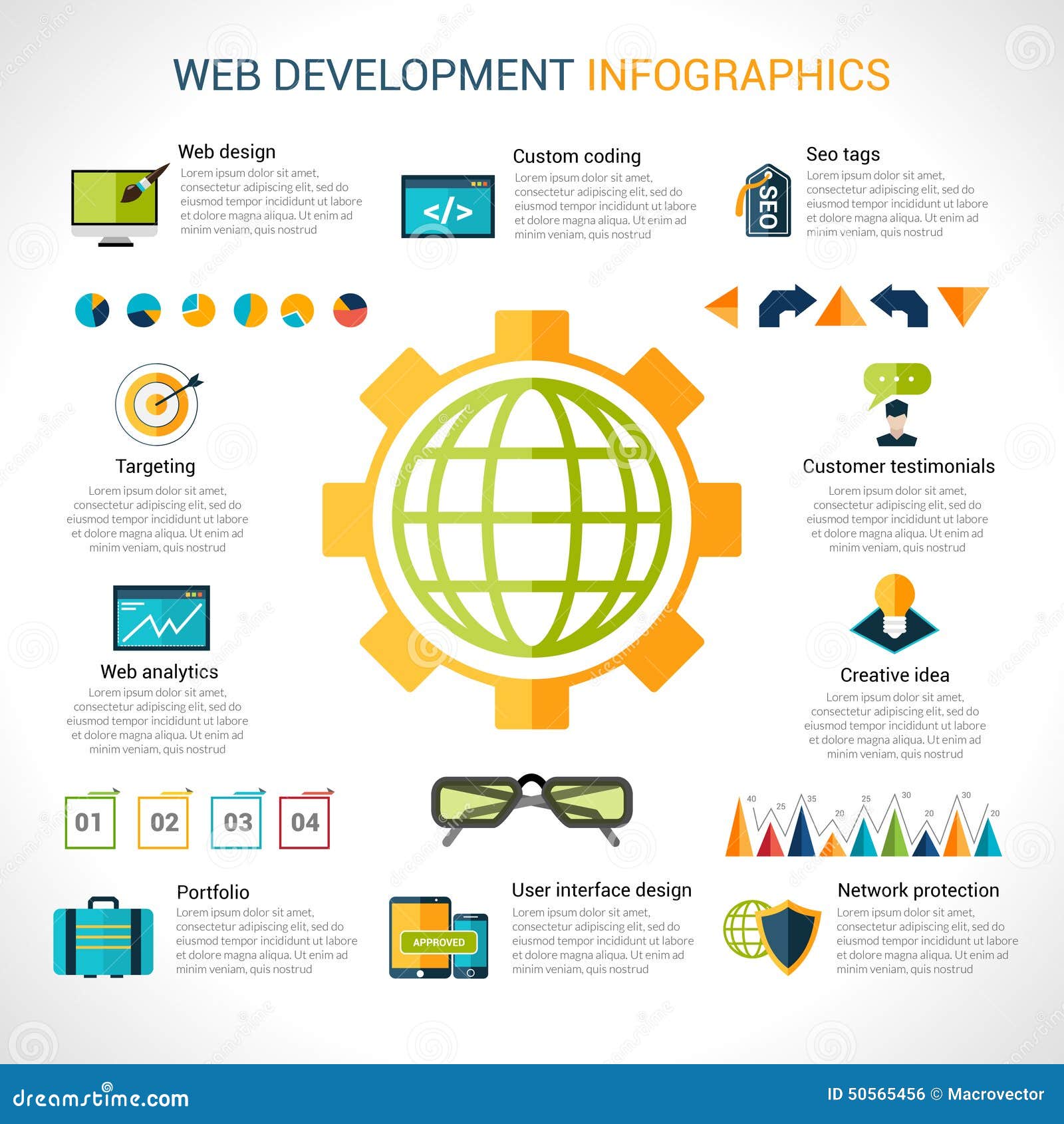The Development Of Website Design: Then And Currently
The Development Of Website Design: Then And Currently
Blog Article
Authored By-Booker Lunde
In the past, web sites were easy and focused on info. Navigating was straight, and design was for desktop computers. Currently, individual experience is key. Information overviews layouts for very easy navigating. Receptive layouts suit various tools. Today, dark mode lowers stress, and minimal food selections enhance navigating. Interactive features engage individuals, and bold visuals stand apart. AI assimilation increases involvement. See how design has actually advanced to boost your on the internet trip.
Early Days of Web Design
In the early days of website design, simplicity reigned supreme. Websites were fundamental, with minimal colors, typefaces, and layouts. The focus got on offering details as opposed to flashy visuals. Users accessed the web via sluggish dial-up connections, so rate and functionality were key.
Navigation food selections were straightforward, usually situated on top or side of the page. Sites were designed for home computer, as mobile browsing wasn't yet common. Material was king, and developers prioritized easy readability over complicated design aspects.
HTML was the key coding language made use of, and developers had to work within its constraints. Highly recommended Web-site and interactive functions were minimal contrasted to today's standards. Sites were fixed, with little vibrant web content or customized individual experiences.
Rise of User-Focused Layout
With the advancement of website style, a change in the direction of user-focused layout concepts has actually ended up being increasingly prominent. Today, developing websites that prioritize customer experience is vital for engaging site visitors and accomplishing company objectives. User-focused style involves comprehending the needs, preferences, and actions of your target audience to customize the internet site's format, content, and features appropriately.
Designers currently perform complete research, such as user studies and functionality screening, to collect understandings and feedback directly from individuals. This data-driven technique assists in creating instinctive navigation, clear calls-to-action, and aesthetically appealing interfaces that reverberate with visitors. By putting the customer at the facility of the design process, internet sites can supply a much more tailored and satisfying experience.
Receptive layout has actually also emerged as a crucial aspect of user-focused layout, making certain that web sites are maximized for numerous devices and screen sizes. This adaptability improves accessibility and functionality, satisfying the diverse methods customers communicate with sites today. In essence, the increase of user-focused design indicates a shift towards creating electronic experiences that focus on the requirements and expectations of completion customer.
Modern Trends in Web Design
Discover the latest patterns forming web design today. One popular trend is dark setting layout, supplying a smooth and modern-day appearance while lowering eye stress in low-light environments. An additional vital trend is minimalist navigating, simplifying food selections and improving individual experience by concentrating on essential elements. Including micro-interactions, such as animated switches or scrolling results, can create a much more interesting and interactive internet site. Receptive design stays important, guaranteeing seamless individual experiences across numerous tools. Additionally, using bold typography and unbalanced formats can include aesthetic rate of interest and draw attention to certain content.
Incorporating AI modern technology, like chatbots for customer support or personalized referrals, enhances user engagement and streamlines procedures. Ease of access has also become a considerable trend, with designers prioritizing inclusive layout techniques to cater to diverse user needs. Welcoming sustainability by optimizing web site performance for rate and performance is one more emerging pattern in website design. Working together with customer comments and data analytics to repeat and boost style constantly is vital for staying pertinent in the ever-evolving digital landscape. By welcoming these modern trends, you can produce an aesthetically appealing, user-friendly website that reverberates with your audience.
Final thought
As you reflect on the development of site design from the very early days to currently, you can see just how user-focused layout has ended up being the driving pressure behind modern trends.
Accept the trip of modification and adjustment in web design, always maintaining the customer experience at the leading edge.
Stay existing with the latest fads and technologies, and never ever quit developing your technique to produce aesthetically stunning and straightforward websites.
Evolve, adjust, and produce - the future of website design is in your hands.
